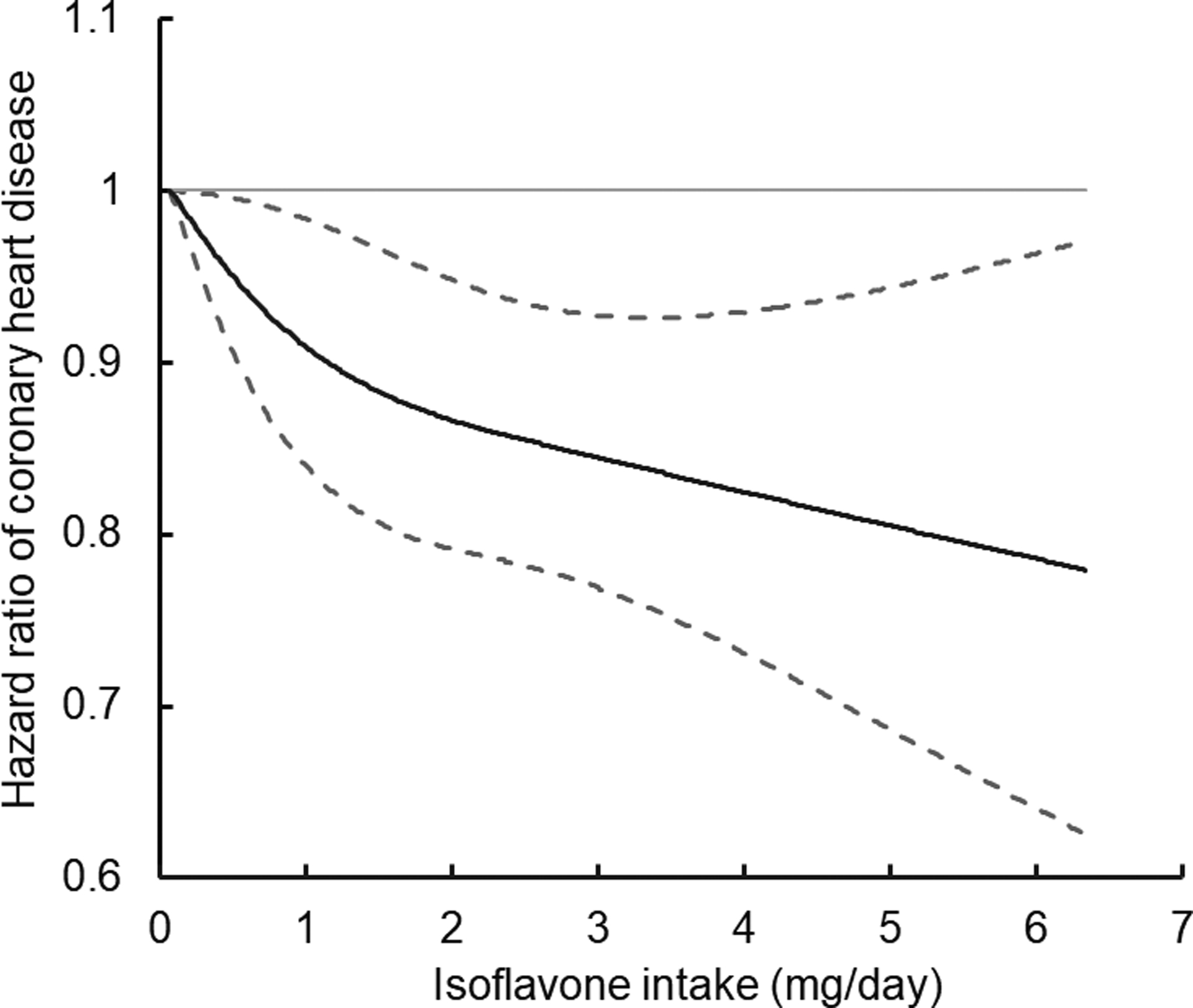Figure 1. Restricted cubic spline analysis of the association between isoflavone intake and coronary heart disease.

Estimates are calculated in Cox proportional hazards models. Adjusted for ethnicity (Caucasian, African American, Asian, and other ethnicity), self-rated socioeconomic status (top 30%, median 40%, and bottom 30% for women), partner’s education (<high school, high school, and above college for women), smoking status (never, former, current [1–14, 15–24, or ≥25 cigarettes/day], or missing), alcohol intake (0, 0.1–4.9, 5.0–14.9, and ≥15.0 g/day for women, 0, 0.1–4.9, 5.0–29.9, and ≥30.0 g/day for men, or missing), physical activity (metabolic equivalents of tasks-hr/week), multivitamin use (yes/no), aspirin use (yes/no), history of hypertension (yes/no) and hypercholesterolemia (yes/no), family history of myocardial infarction (yes/no), menopausal status and post-menopausal hormone use (pre-menopause, post-menopause [never, former, or current hormone use], or missing), oral contraceptive use (yes, no, or missing, Nurses’ Health Study II only), body mass index (kg/m2), total energy intake (kcal/day), and the modified alternate healthy eating index score. Solid line is point estimate, and dashed lines are 95% confidence intervals.
